Open to the public from dawn to dusk daily
Signage throughout the garden introduces and explains the plantings and growing techniques used. Master Gardeners work in the garden on Tuesdays. Stop by and learn about gardening.
Cultivating plants, people and communities since 1977
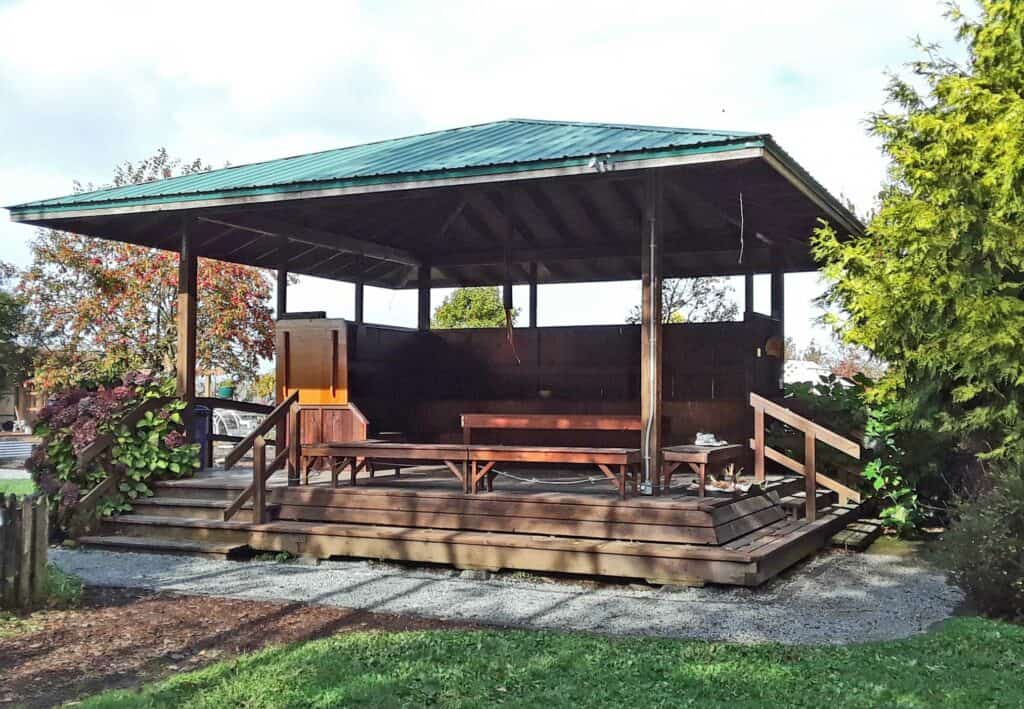
Master Gardener Tuesday workday lunches are held in this sheltered gathering place. The pavilion is also used for public educational activities, seminars and workshops. Reserve it (printable or fill-able form).
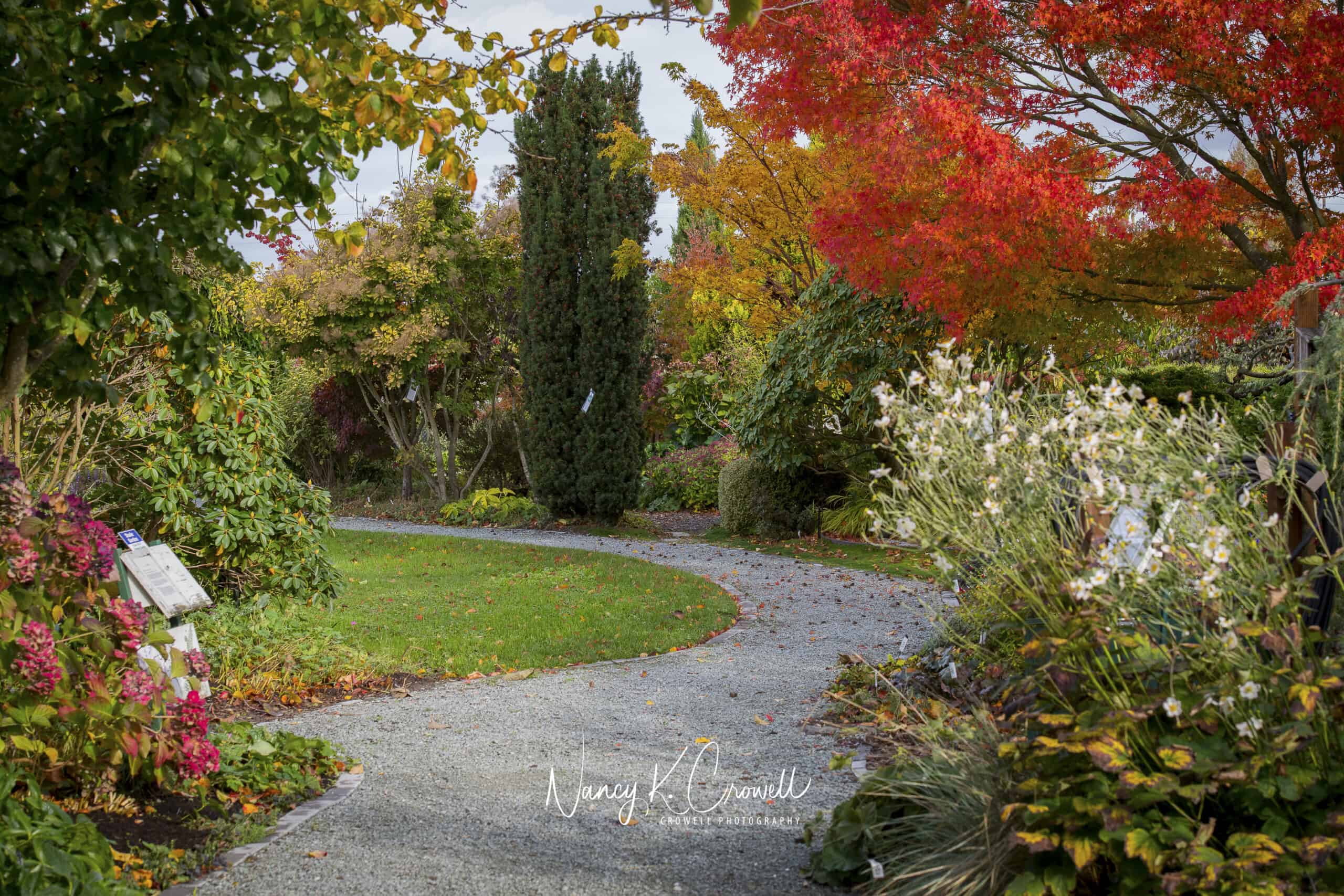
When you visit the Discovery Gardens, you will benefit from new Americans with Disabilities Act (ADA) accessible paths winding the way through splendid examples of Pacific Northwest gardening.
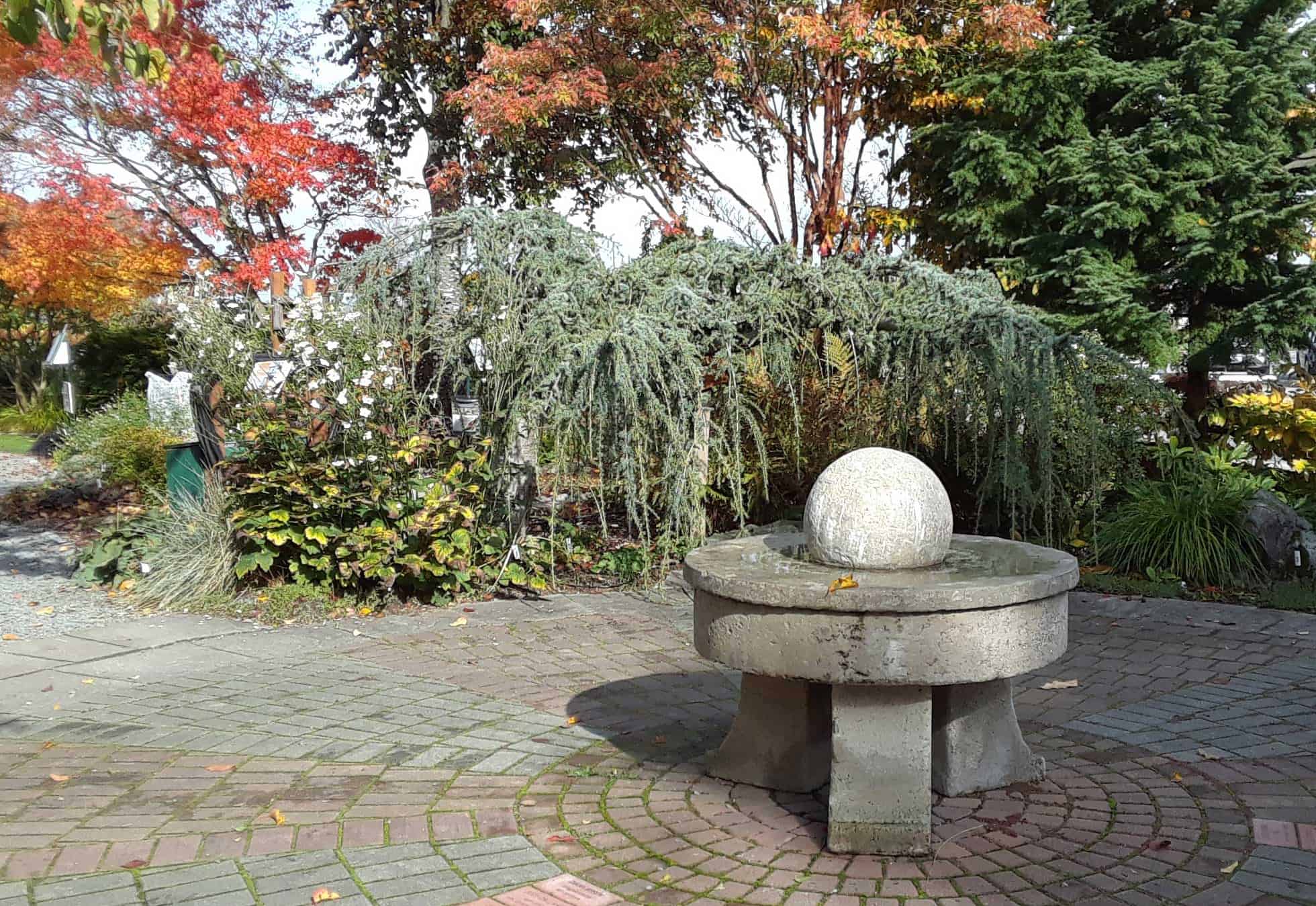
The small gardens surrounding the entrance fountain greet visitors with plants having year-round interest. Easy-care, layered plantings are chosen for the Pacific Northwest climate.
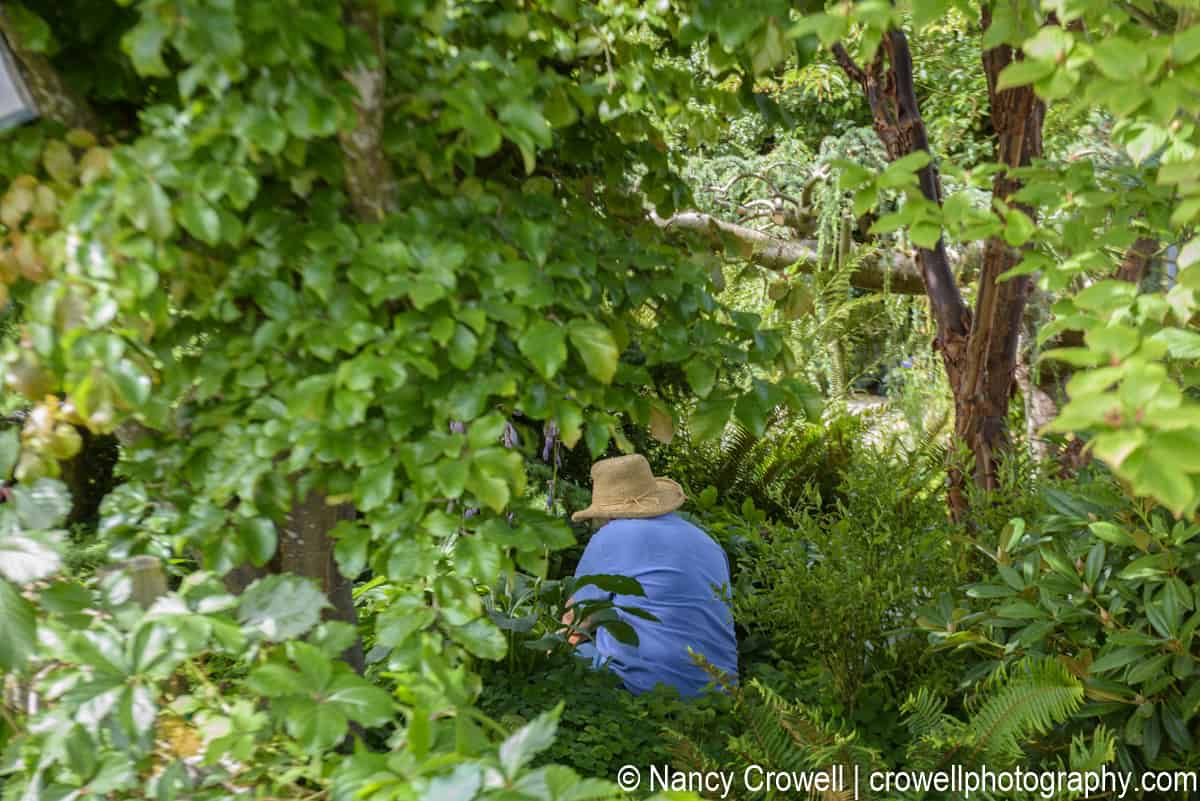
Does your garden have a “shady” personality? This garden suggests alternatives to sun-loving plants so that even a shady garden can bask in color, texture and smell.
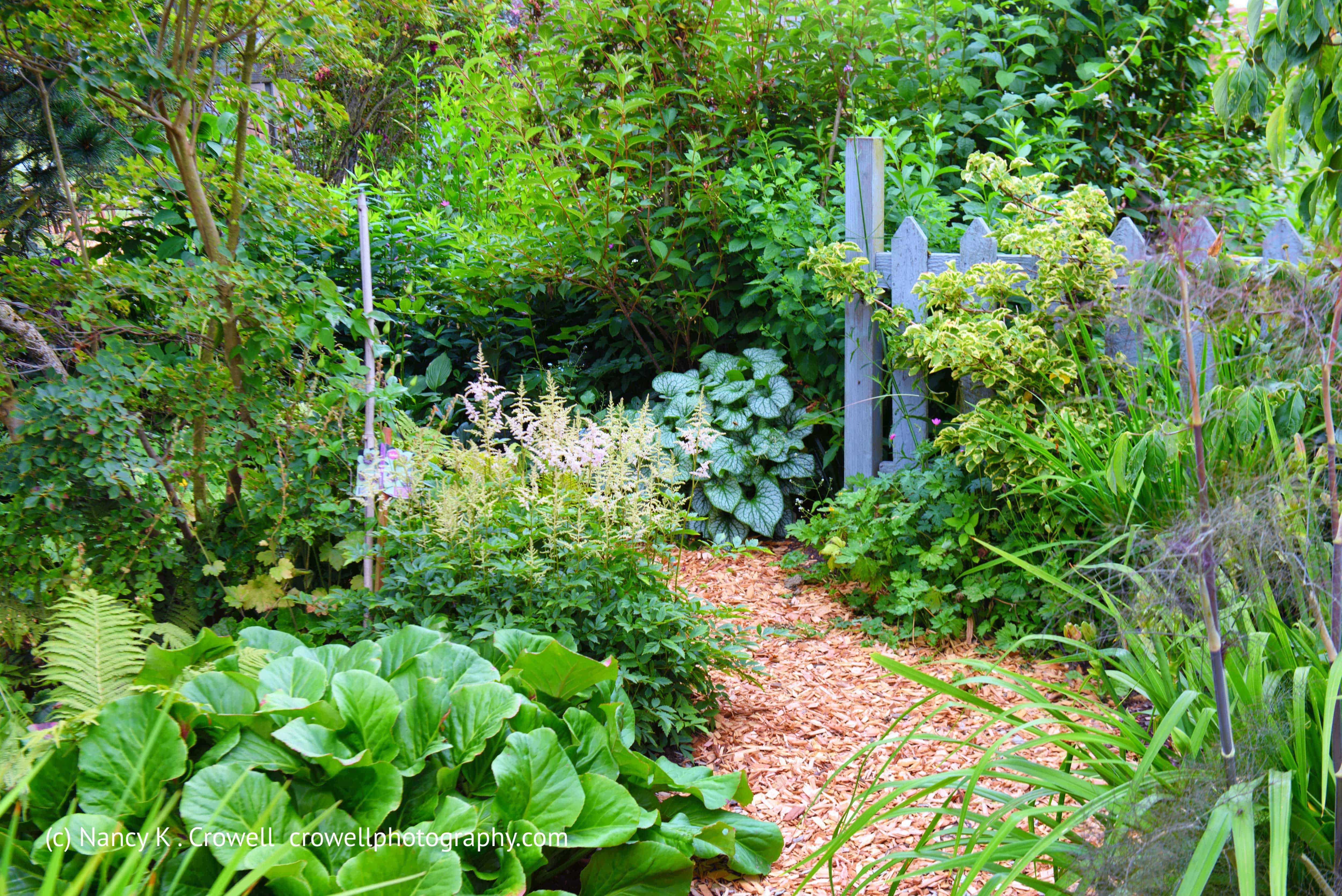
Are you needing to feel cool and relaxed? This border creates a cool-feeling by including plants with texture and shades of blue, green, purple, lavender, silver and white.
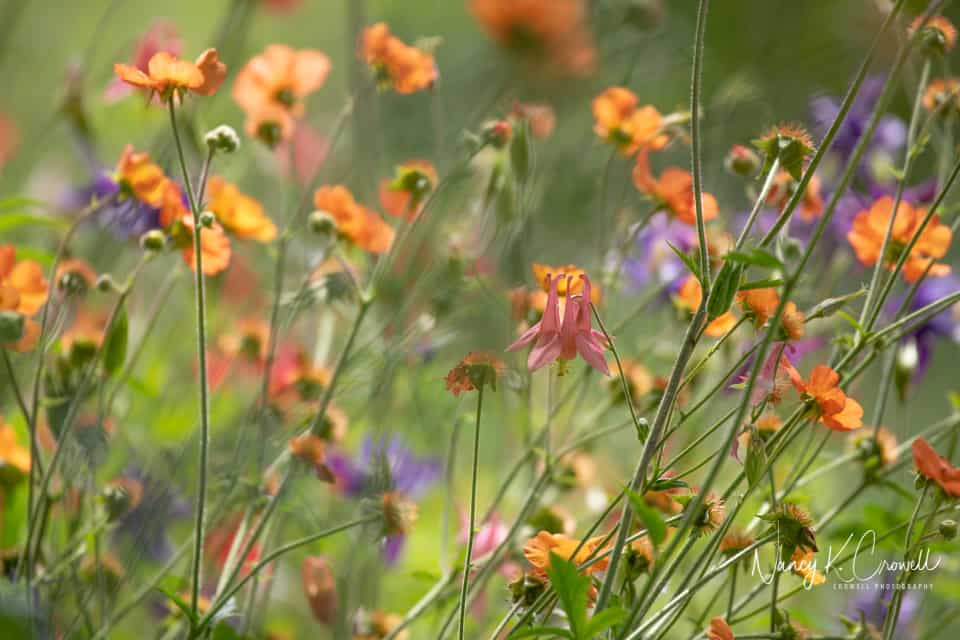
The Pollinator Garden is planted with an assortment of both native and non-native shrubs and perennials. Plants chosen are known to be nectar and pollen sources for diversity of pollinators.
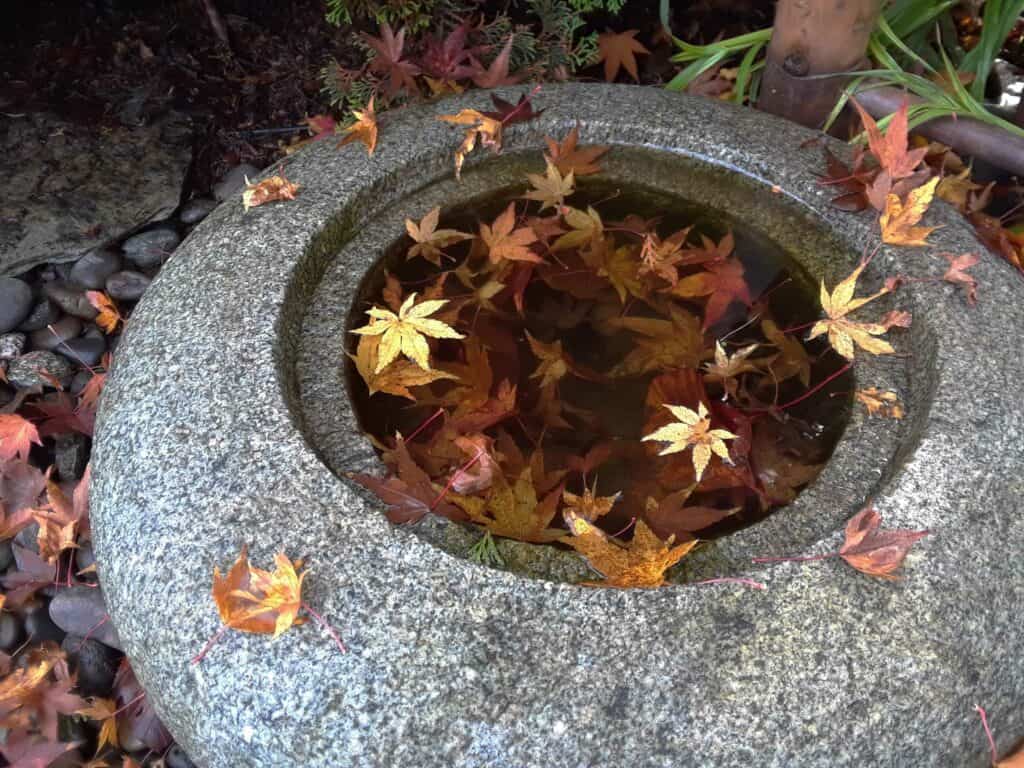
Japanese gardens use odd numbers of plants and stones spaced unevenly. Dry rock beds symbolize rushing rivers; large rocks represent mountains. Water features are an integral part of Japanese gardens.
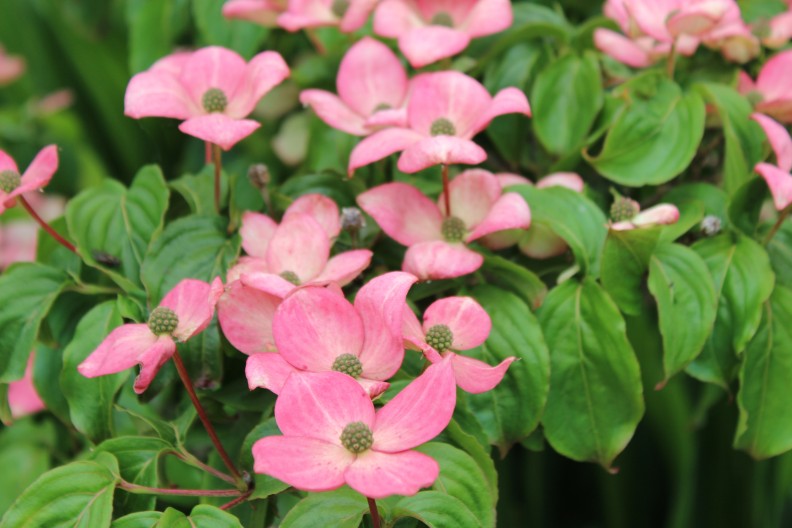
Once their root systems are well established, plants in this garden require little maintenance and minimal watering. In the fall, we clean and mulch to add nutrients and keep weeds down. In the spring, a bit of weeding is needed, but by summer, the foliage is so dense that very few weeds appear.
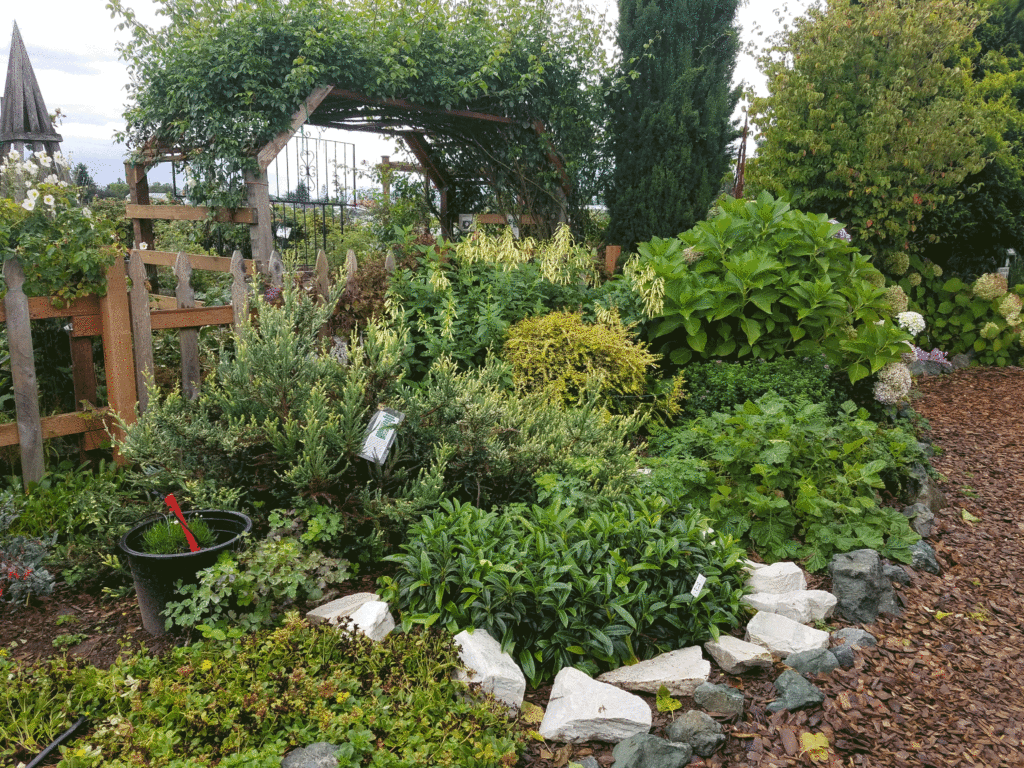
Year-round interest with minimal care are key to maintaining this diverse mixed border garden. A rail fence, trees and shrubs form a backdrop for perennials, vines and biennials punctuated by running ground covers. Annuals and bulbs add a pop of seasonal color. Evergreens and foundation specimens anchor the garden’s silhouette.
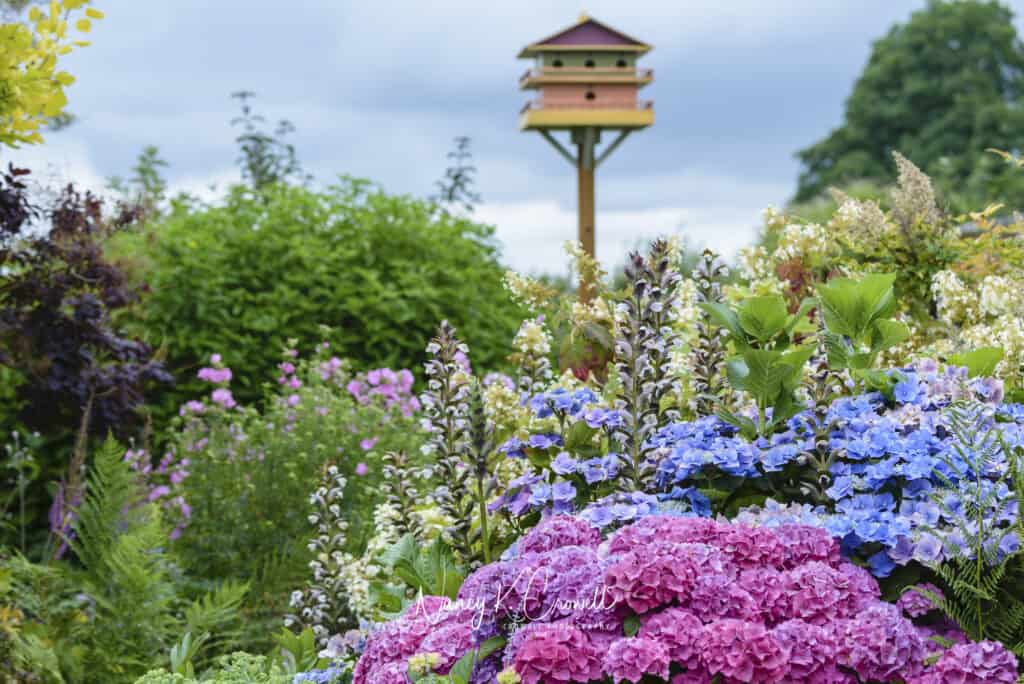
Featured here are plants that perform from September to March. Fall-blooming perennials, bright berries and brilliant foliage give way to bare branches and beautiful bark. Evergreen foliage, winter blooms and early bulbs make way for the onset of spring.
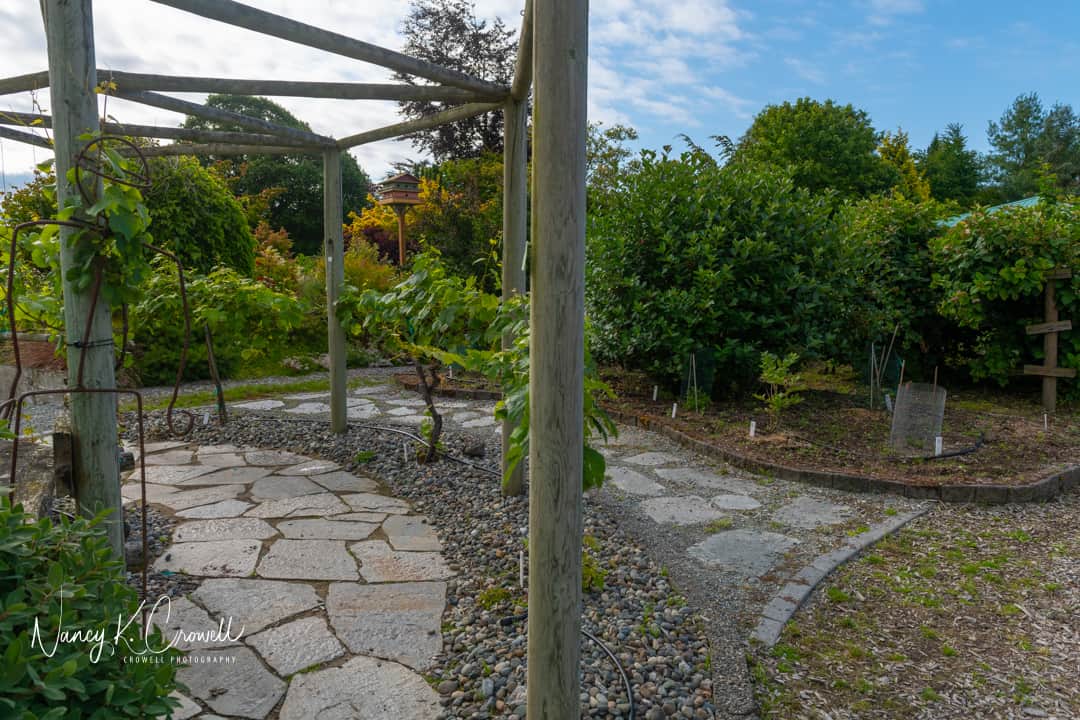
Dr. Richard Hoag (“Doc”) was one of a small group of WSU Master Gardeners who had the vision to start this garden. Before Doc passed away, he and his wife gave the first “seed” money donation. This arbor is created in his memory. Doc grew grapes and made many different kinds of wine.
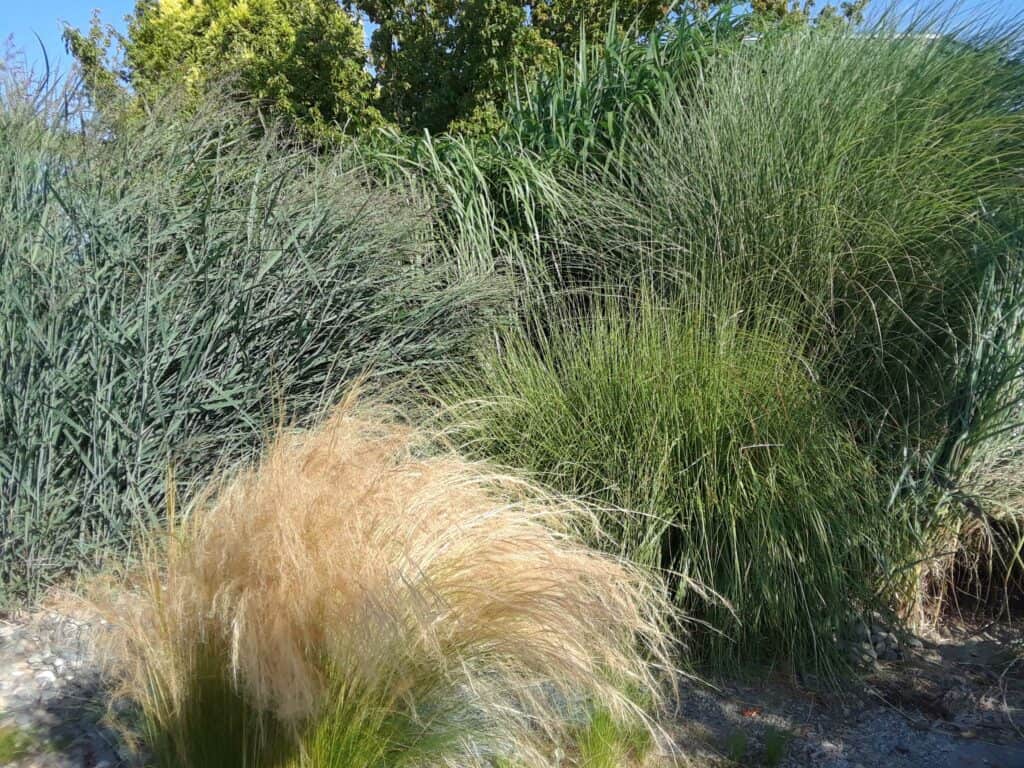
Grasses mingle well with perennials and shrubs. These selected varieties offer screening, provide texture or create a relaxing atmosphere. Grasses for different growing conditions provide many options to consider.
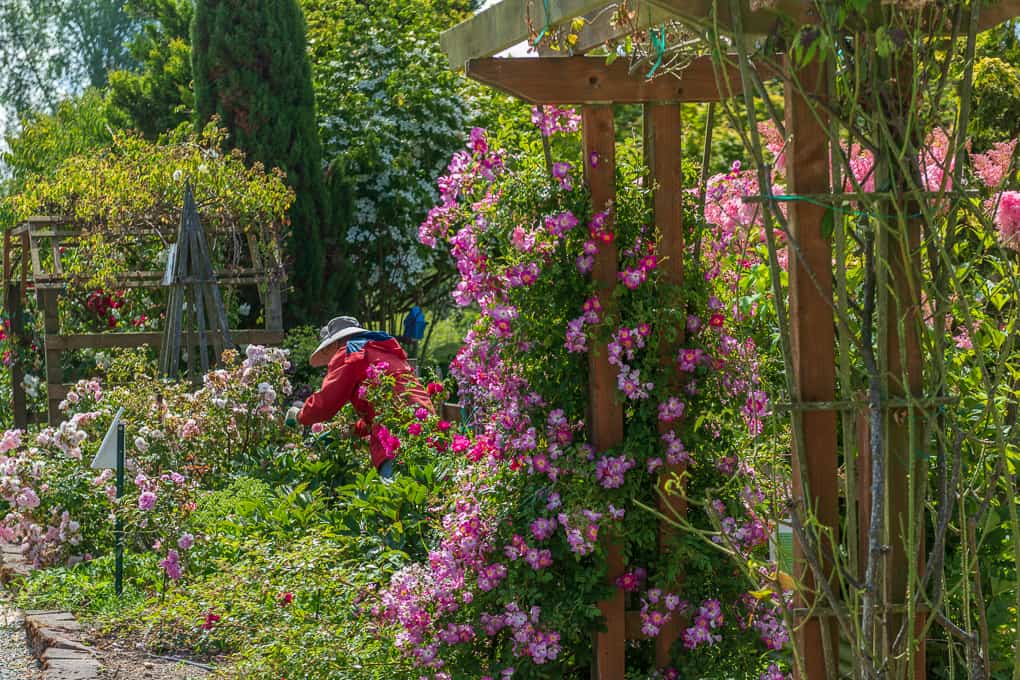
Master Gardeners assumed care of this garden from the local rose society in spring 2006. The garden, also the site of the Skagit County WWI monument, is currently being renovated and re-designed.
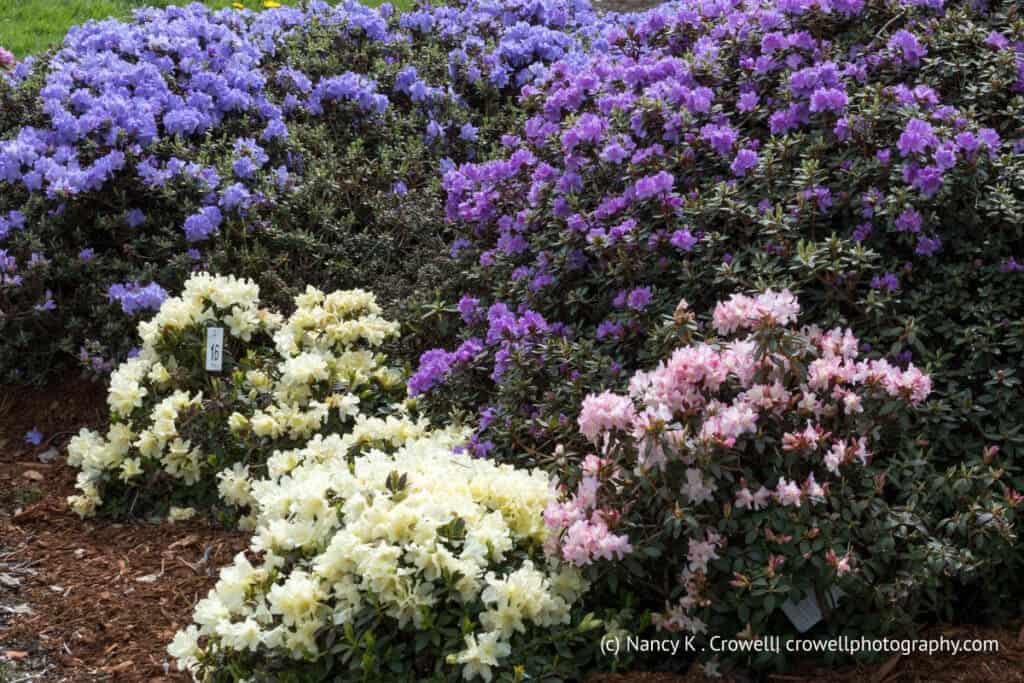
Begun in 2007, this garden is designed to provide a harmonious space to view the wide variety of rhododendrons that can be grown in the Pacific Northwest climate.
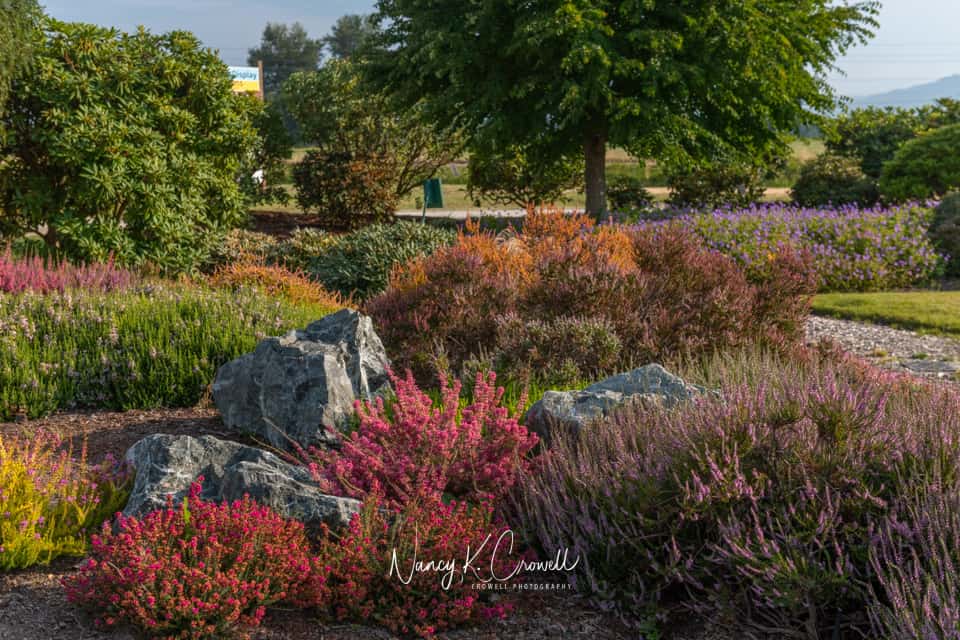
With year-round interest, something is in bloom every month in this garden. These varieties show growth patterns from ground covers to tree forms.
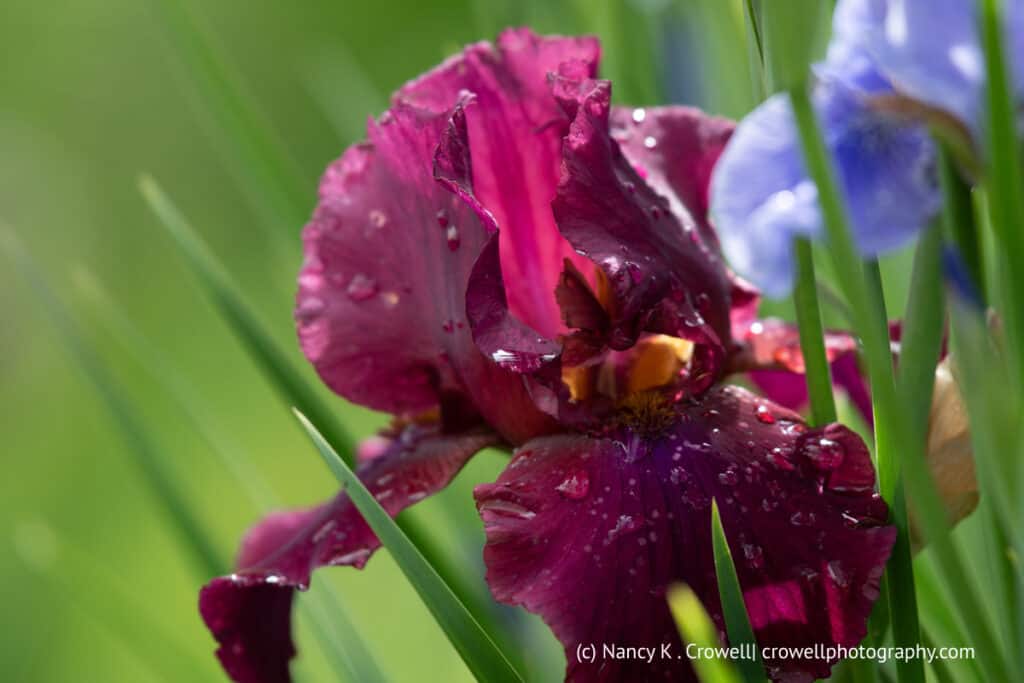
The iris plantings display different species and their bloom cycles from early spring throughout the winter. Rocks create “rooms” for companion plantings that provide interest while the irises are resting.
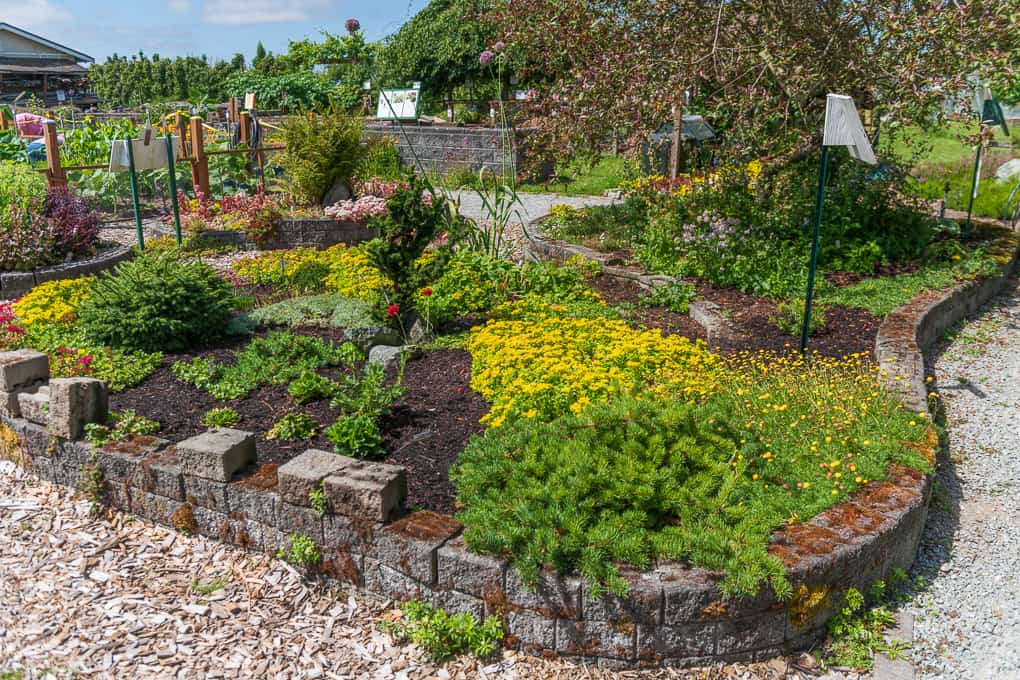
Ground covers can be used to smother weeds, fill in areas under trees, stabilize hillsides, soften the edges of pathways and reduce evaporation. Showcased here are commonly available shade- and sun-tolerant plants.
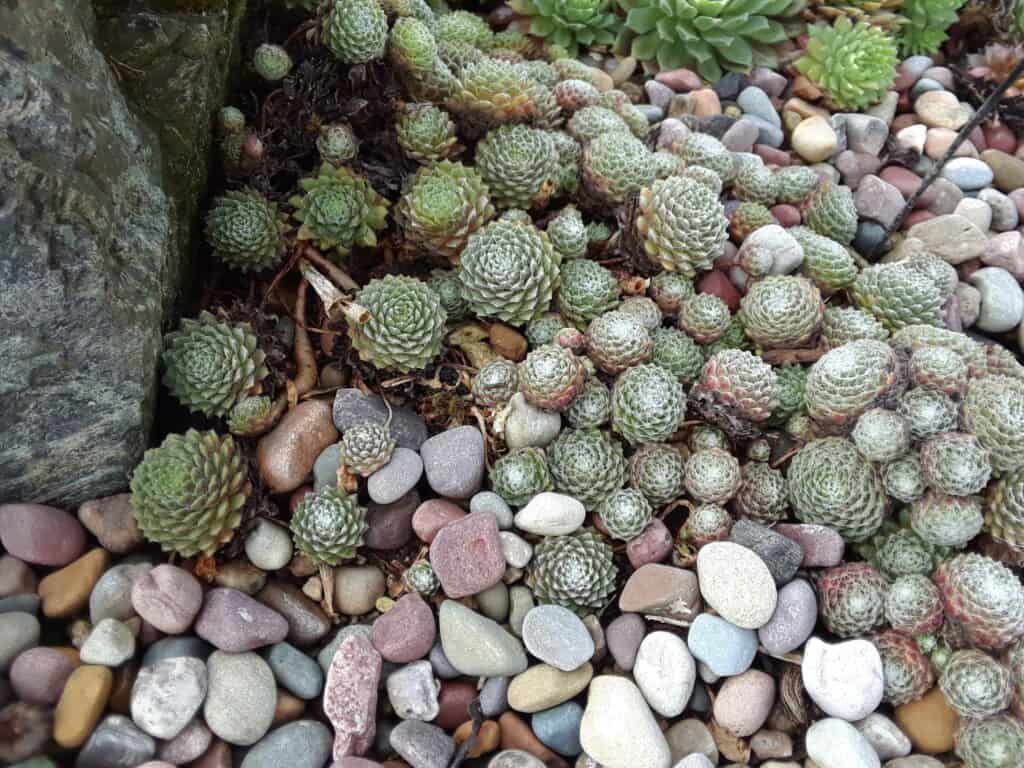
Available in a wide variety of textures, shapes, sizes and colors, succulents are drought tolerant and easy to propagate. They are low-maintenance plants requiring well-drained soil and full sun for optimal growth. Hens and chicks, sedums and stonecrops are easy to grow and are hardy in this area.
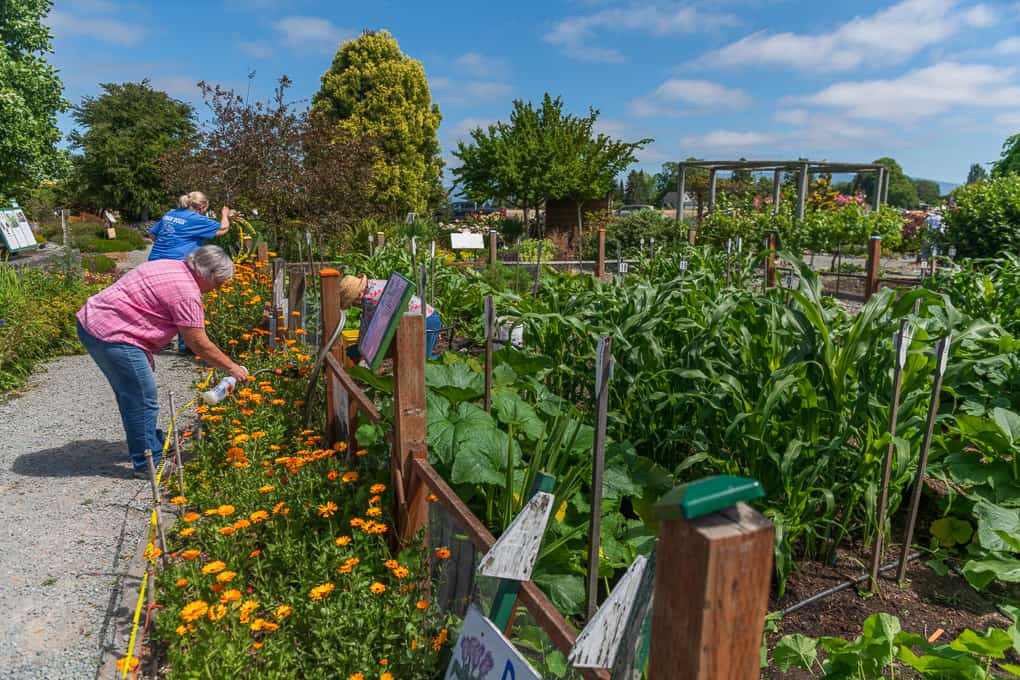
Master gardeners host day-long field trips for Skagit County 2nd and 3rd graders. DIG-IT, one of six activities during the day, gives students hands-on gardening experience in the style of the Three Sisters garden—beans, corn and squash—a planting technique used by native cultures.
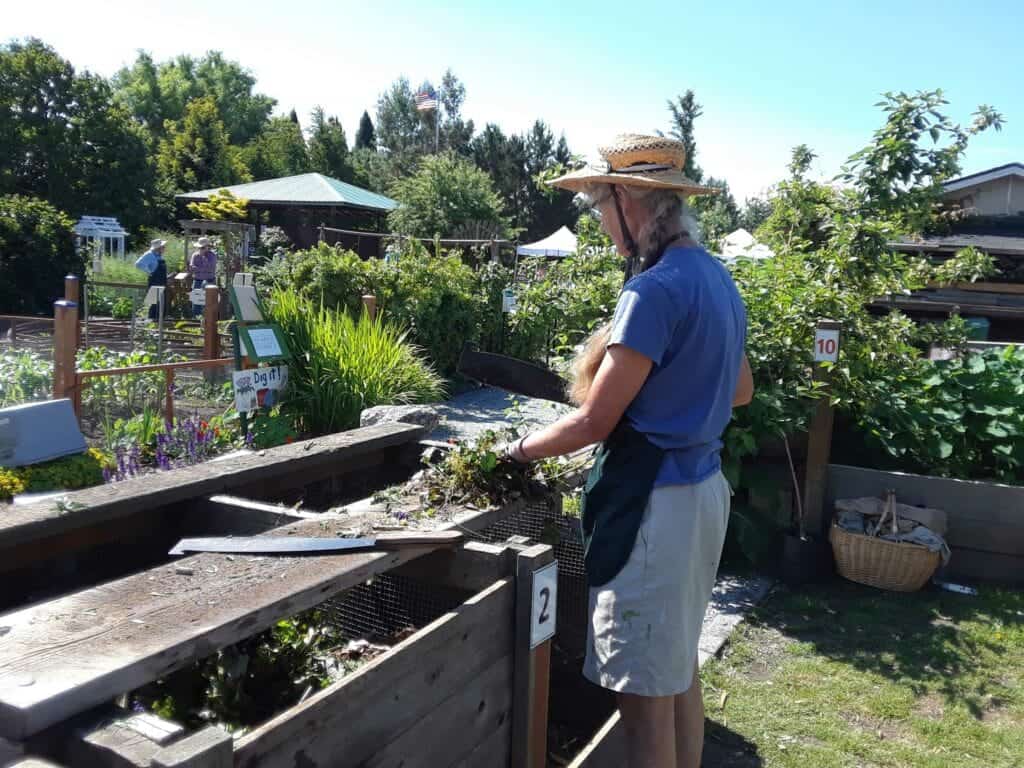
Magic happens here! Throughout the growing season, the sorted and chipped prunings, browns and greens are combined and turned. Mother Nature does her part and gives us nutrient-rich compost in a year.
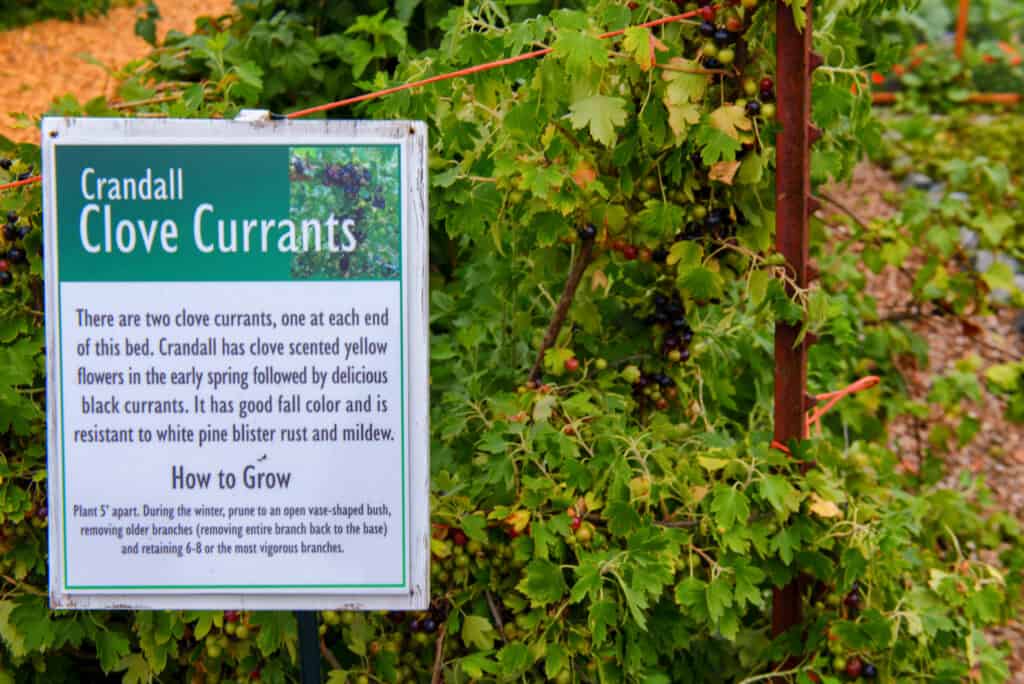
Berries, Berries, Berries! Exhibited here are Heritage, Willamette and Blackcap raspberries along with three types of strawberries. Thornless boysenberries, triple crown blackberries, black and clove currants and rhubarb round out the other small fruits.
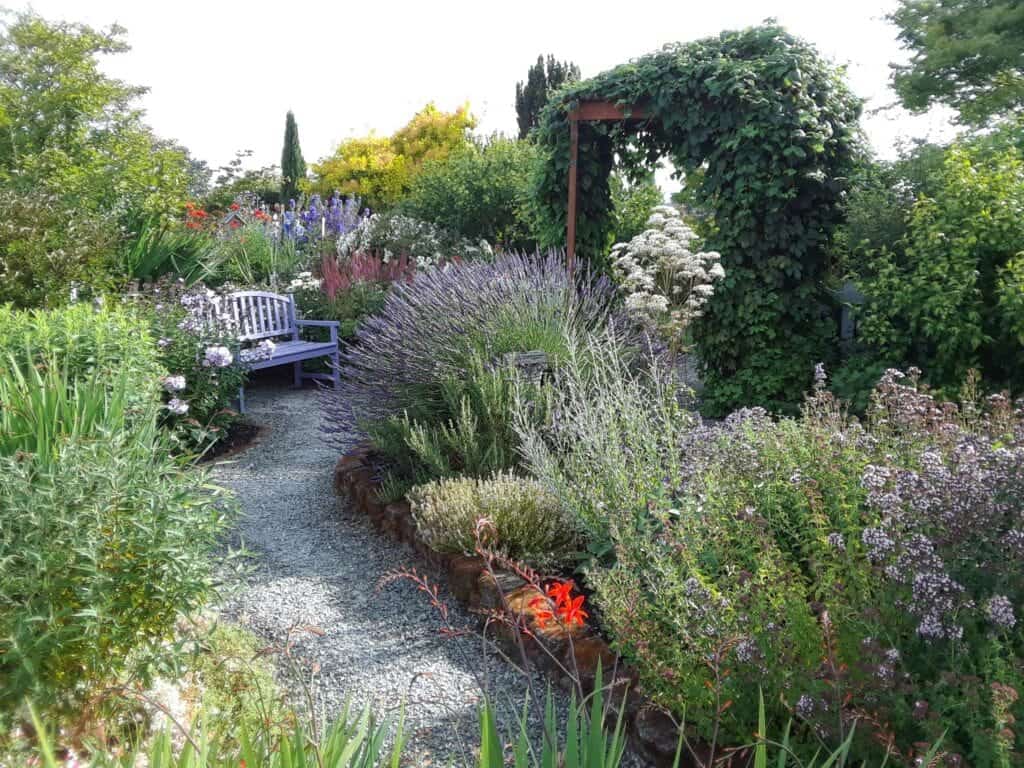
This somewhat whimsical garden dates back to the 1300s when space was limited around each home. Ornamental and edible varieties were commonly planted together to maximize every available inch.
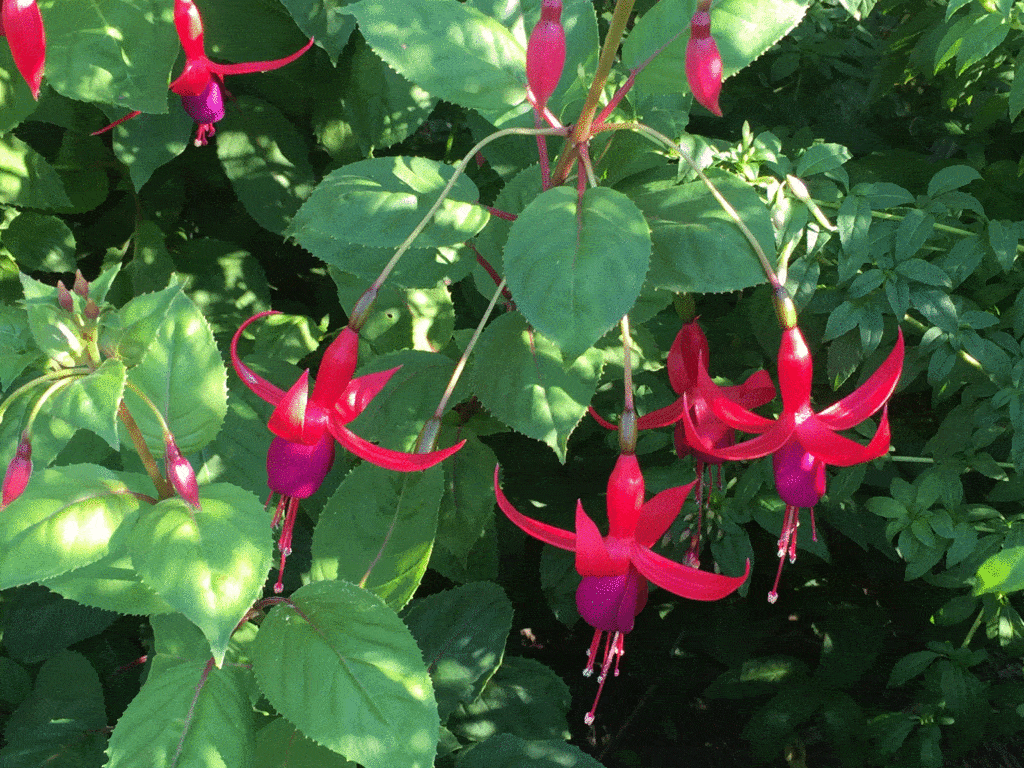
Originally planted by members of the North Cascade Fuchsia Society, all the varieties in this garden are hardy enough to survive Skagit County winters. Even in the shade of the pavilion, the garden blooms in beautiful colors from early summer until frost.
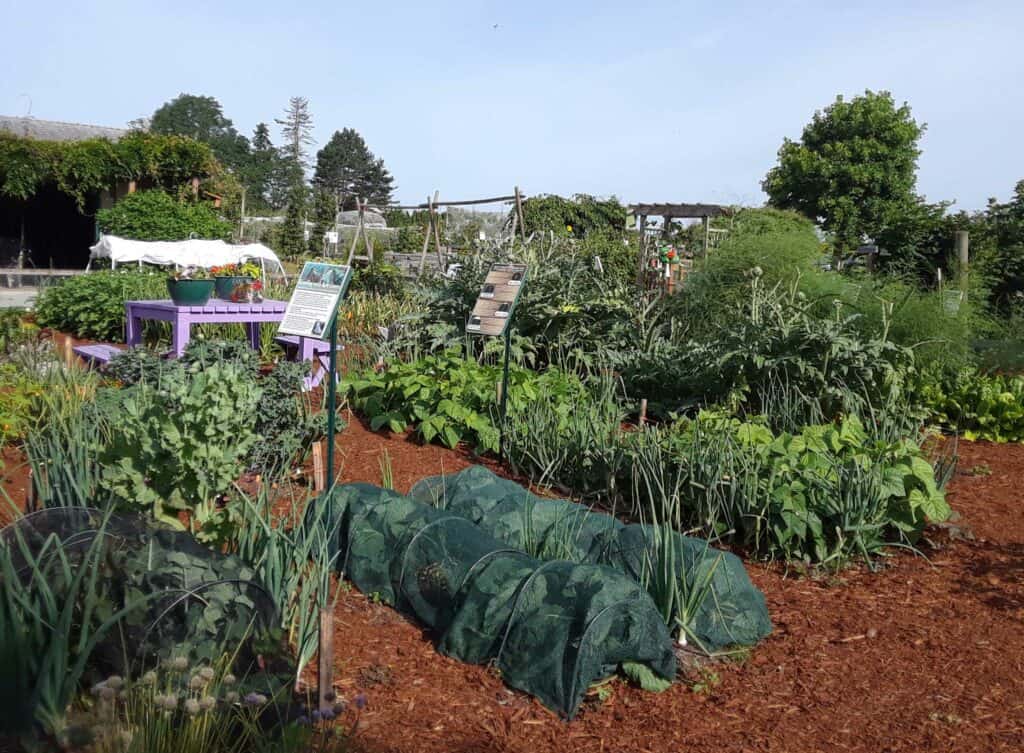
Raised, no-till garden beds and easy access pathways are featured in this garden. Old favorites and new varieties are showcased in a home-style garden fit for our Pacific Northwest maritime climate. Techniques demonstrate maximizing micro-climates within the space, show various trellising styles and produce a wide range of vegetables and flowers in an attractive setting.
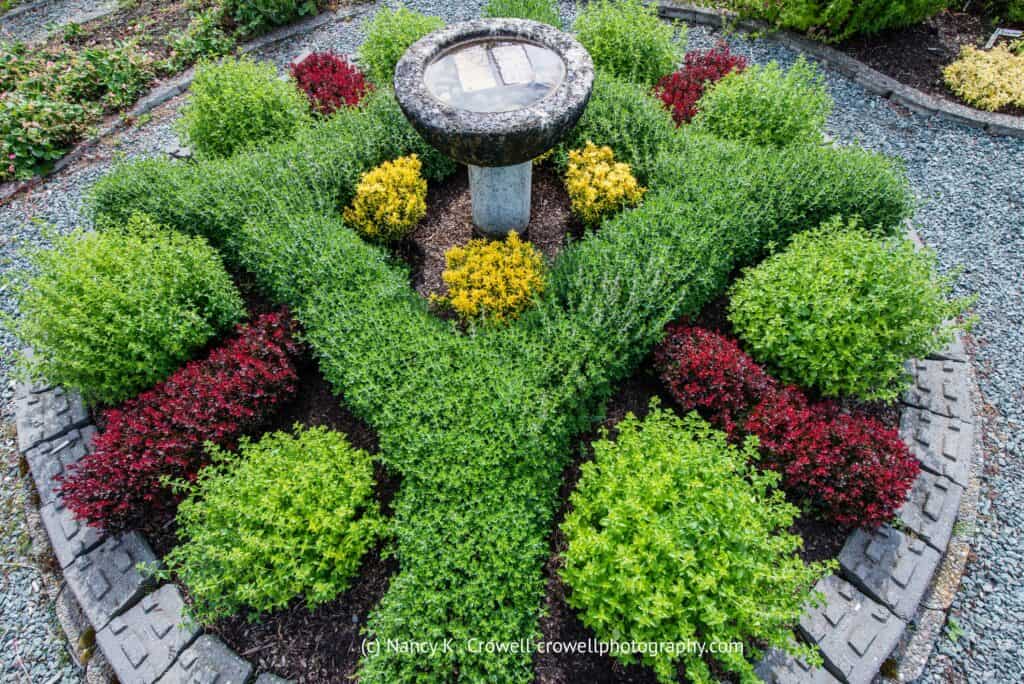
Skagit Valley’s climate is perfect for herbs. The typical English herb garden’s structure, history, purpose and order have been interpreted for Northwest living. Different hedging materials surround the formal design creating a room-like feel with themed gardens informally planted within.
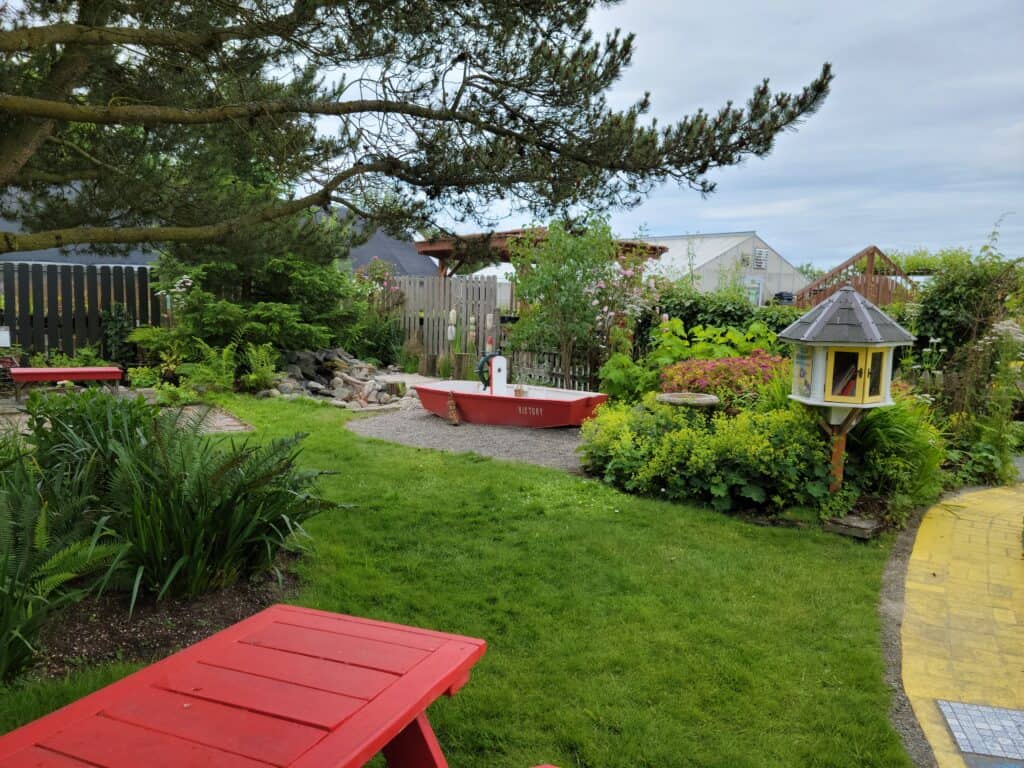
In this garden, parents and children share the pleasure of gardening and find ideas for their own yards. The entry through a weeping mulberry is a perfect place to play hide-and-seek. Visitors enjoy a snack with Alice and the Queen of Hearts at the picnic table. A game of checkers, a splash in the water, or helming the boat are all possible. Kids of all sizes can exchange a book at the Children’s Garden Lending Library.
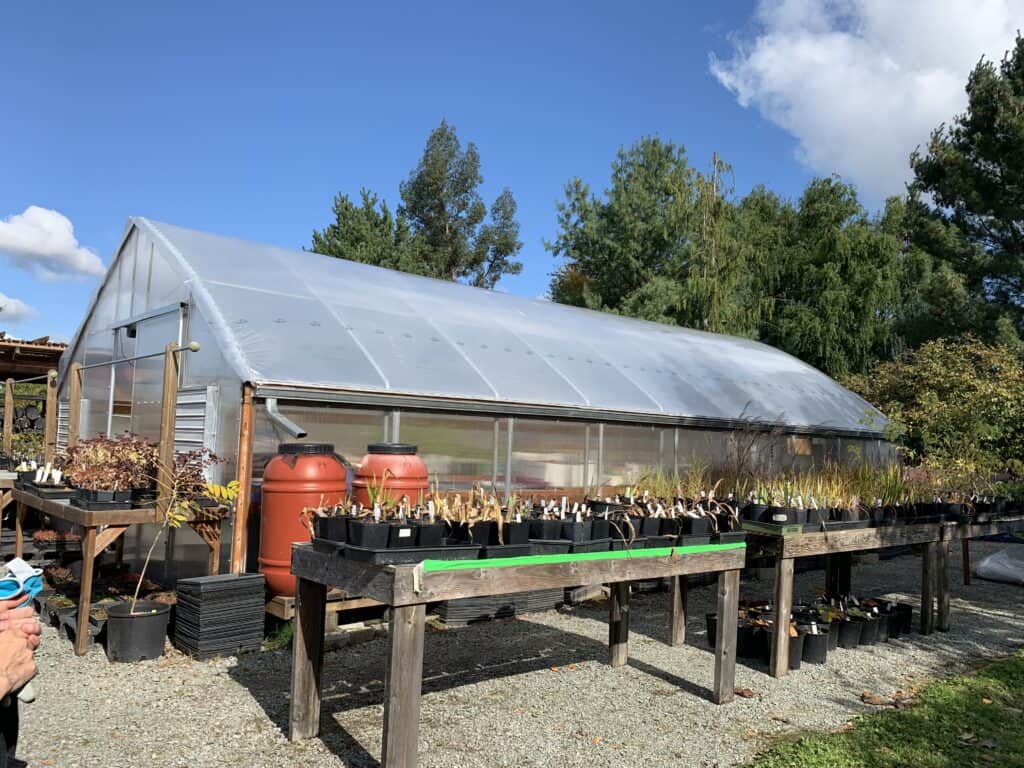
This is where master gardeners propagate and nurture perennial plants throughout the year for the Plant Fair each May.
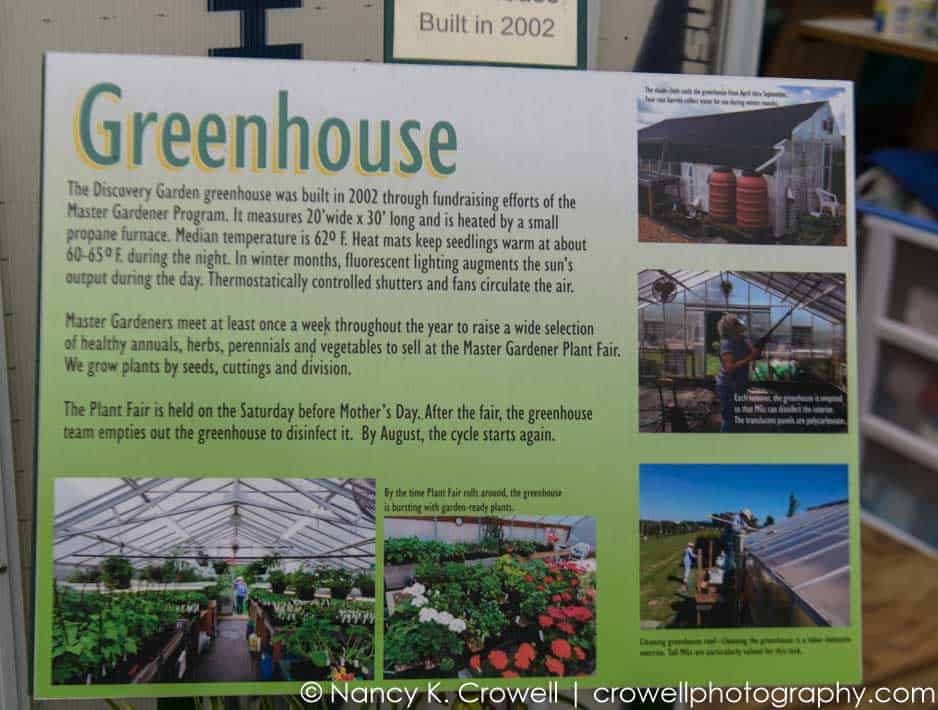
Master gardeners start seeds and take cuttings for new plants that are used in the Discovery Garden or sold at the Plant Fair. Public classes on plant propagation and seed starting are also held here.

The Meadow is an open area designed with year-round interest, low-maintenance, and large space design in mind. The garden incorporates both ornamental grasses and native plants to create visual interest in an otherwise lackluster space.
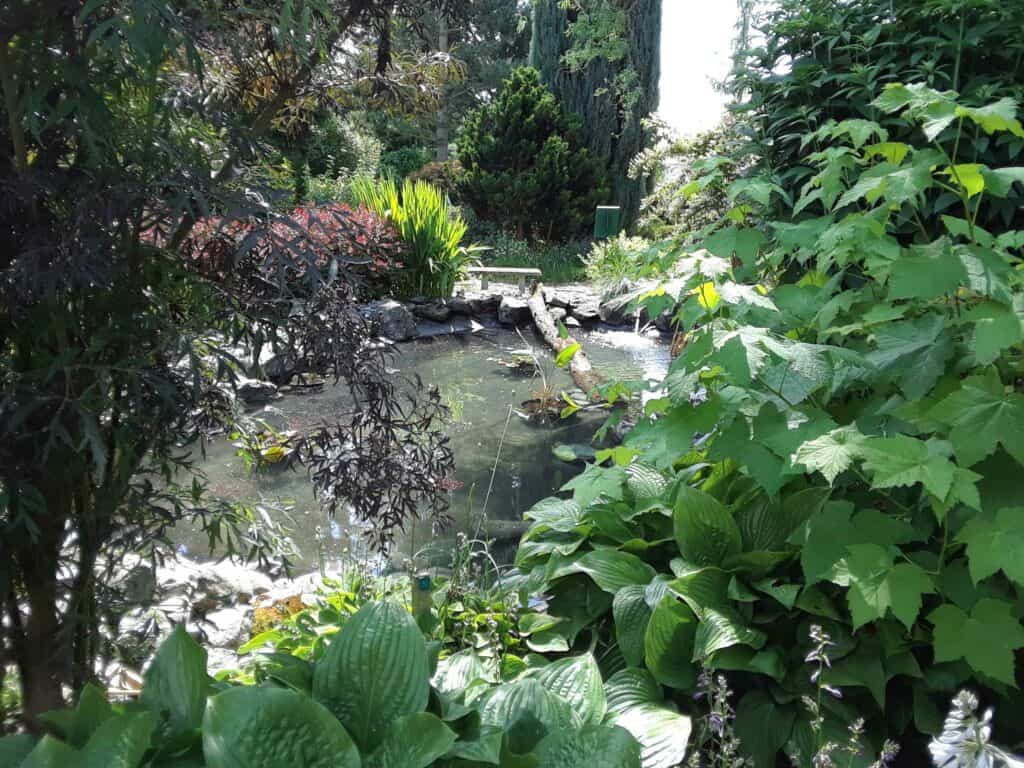
This informal garden room features meandering footpaths bordered by native and non-native plantings. Stroll the paths and contemplate the variety of ecosystems represented by the sunny meadow, the pond, and the shady corner. Be inspired to design your garden as a personal green space isolated from adjacent buildings and traffic.
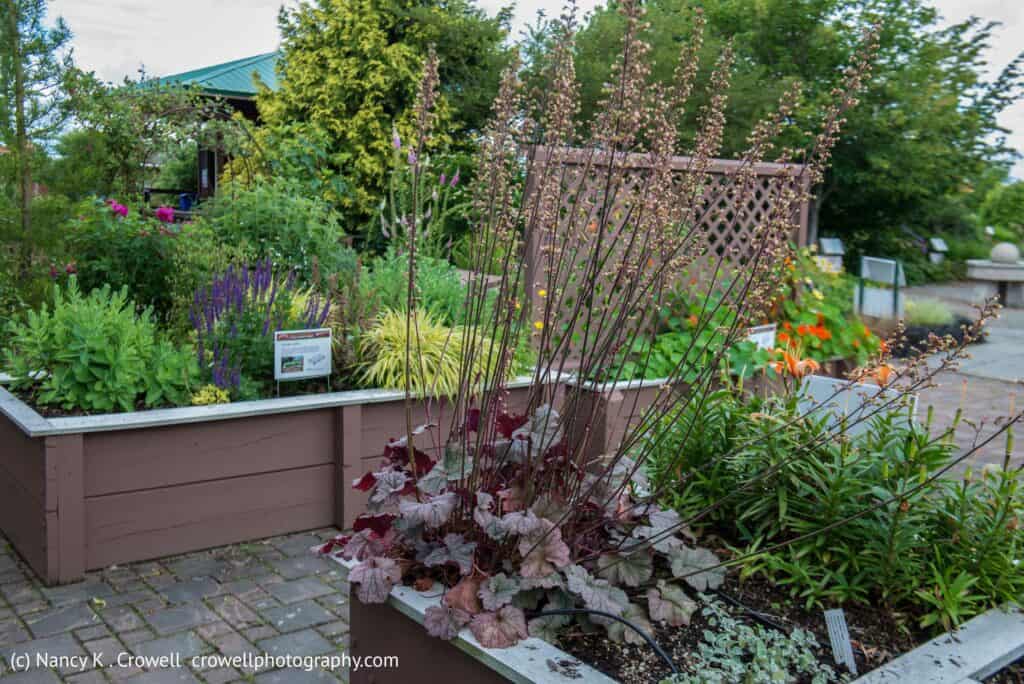
The six raised beds and ergonomic tool display illustrate ways to garden for those with limited strength, energy and physical ability. Scented, colorful, textured plants are featured in the raised beds, some of which offer sitting ledges.
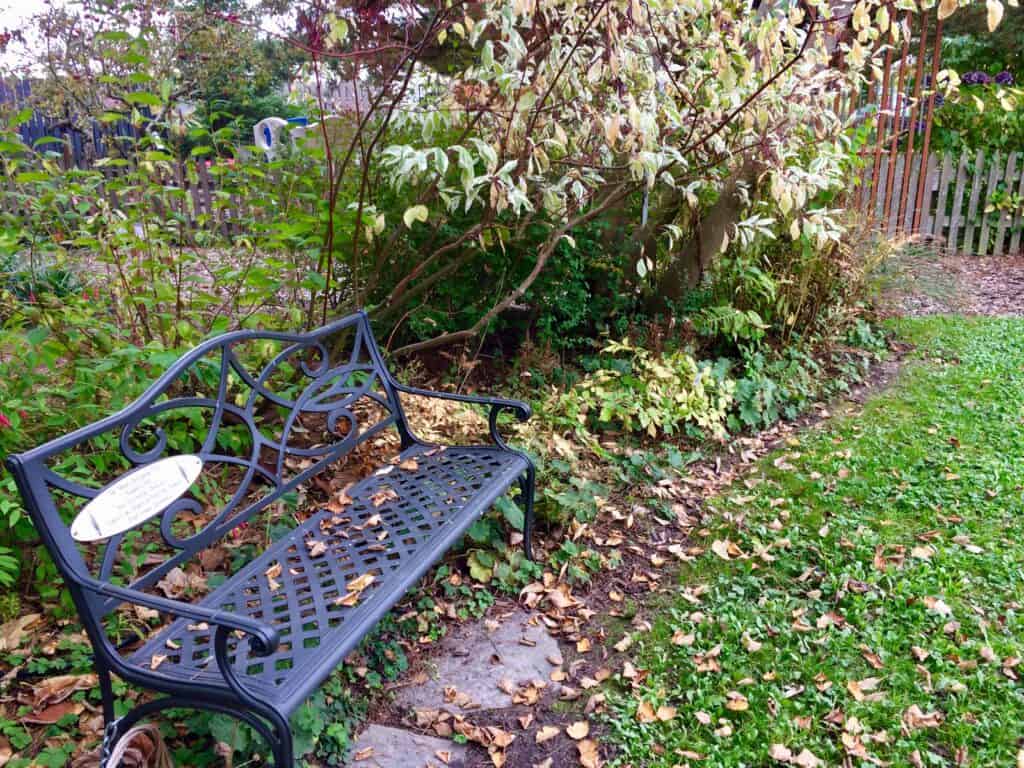
The large anchor at the entrance is in memory of Navy veteran, Joe Dupré, an early graduate of the Master Gardener Program. Some of Joe’s favorite plantings reside here—primroses, fuchsias, fig tree and ferns.
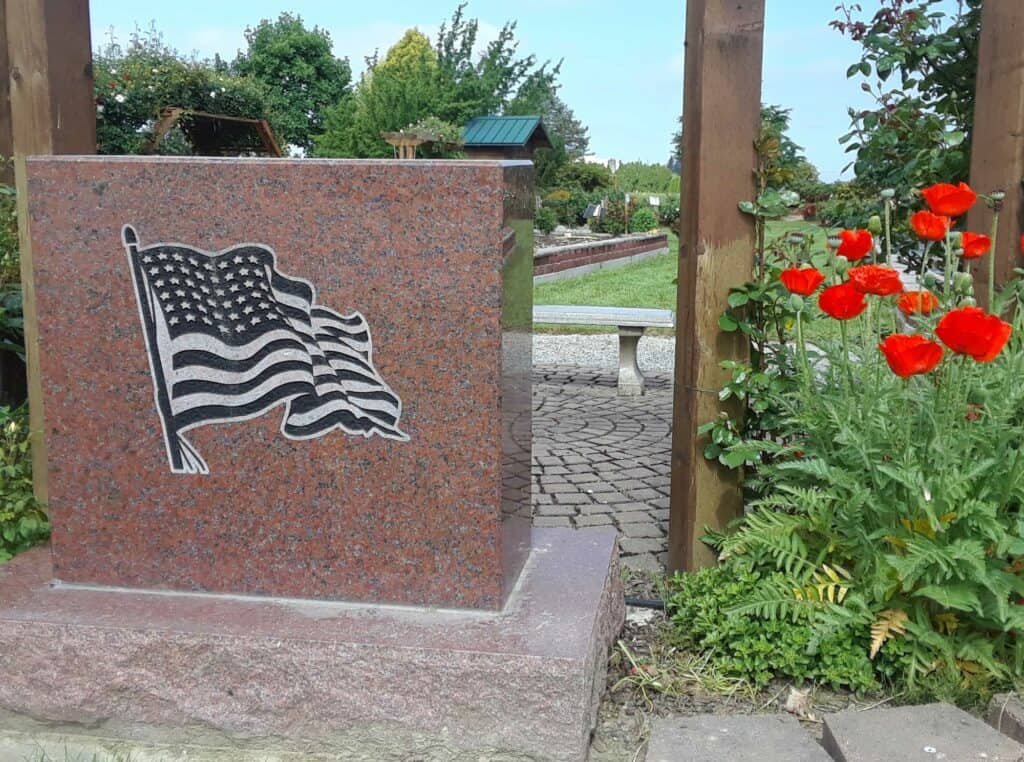
State Route 536 in Mount Vernon, Washington was designated Memorial Highway in 1931 in memory of fifty men from Skagit County who died during WWI.